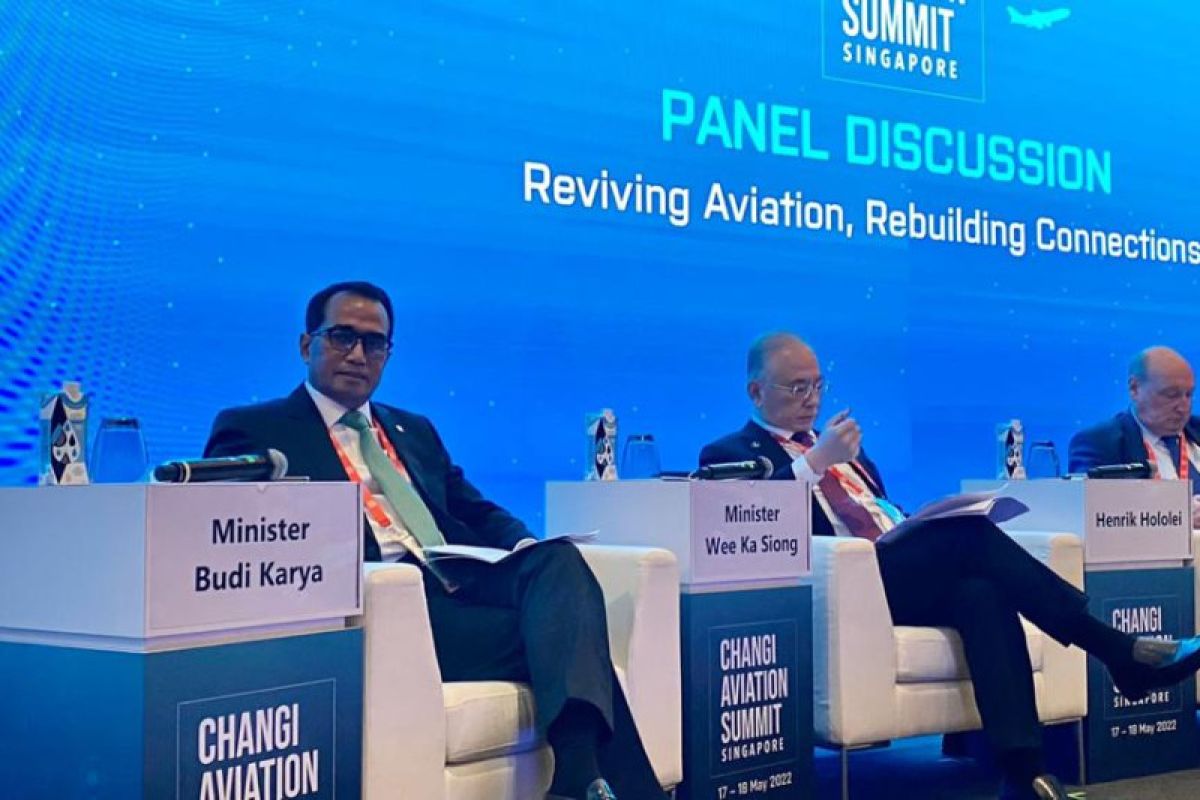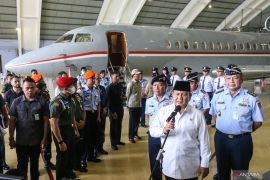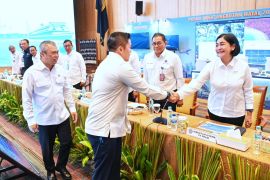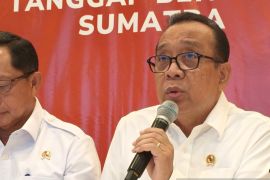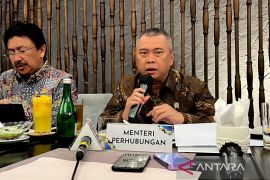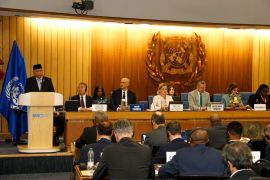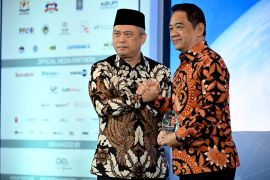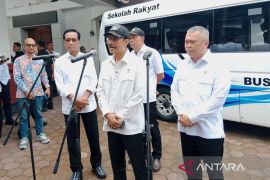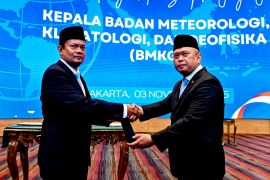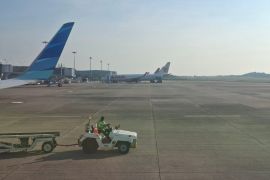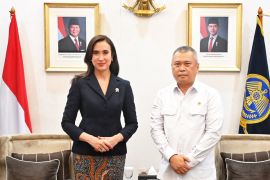The minister conveyed the statement during his panel discussion themed "Reviving Aviation, Rebuilding Connection" as part of the series of activities at the 2022 Changi Aviation Summit in Singapore on Tuesday.
The minister noted that the aviation industry in several countries will recover, albeit the time and speed of recovery will vary depending on the characteristics of the geographical area and the policies of each country.
"I am optimistic that the aviation industry in Indonesia would bounce back in the near future, considering that Indonesia is an archipelagic country that needs connectivity through air transportation," Sumadi noted during the event, Tuesday.
The minister later drew attention to several indicators supporting the revival of Indonesia's aviation sector including 70 percent of air transport passengers being domestic travelers, high vaccination rates, a decrease in the number of COVID-19 cases, easing of travel restrictions, and an increase in public demand for air transportation.
This year's homecoming period also offers a momentum for the revival of the national aviation industry after being hit by the pandemic. The 2022 homecoming period has become a challenge for the aviation industry to meet the public's high demand amid the declining number of aircraft fleets operating, from earlier 550 to around 350 aircraft.
"We need to think outside the box to come up with the best scenario for homecoming, specifically a safe trip, and minimizing inconvenience," he remarked.
To this end, the Indonesian government had optimized aircraft operations from five times a day to eight take-off landings, utilizing wide-bodied aircraft for domestic flights on crowded routes, increasing airport operating hours and air navigation services up to 18-24 hours, and ensuring the safety aspect is fulfilled by conducting aircraft ramp checks and flight personnel health checks.
Moreover, the government has offered several stimuli to support the aviation industry, such as by providing a stimulus for flight calibration navigation facilities at 44 airports and 100 air navigation facilities, offering subsidies in the form of Public Service Obligations (PSO) to 168 airports, and other types of financial assistance in the form of foreign loans and grants, as well as providing relaxation of non-tax revenue payments.
Based on data from Traveler 2022, during the homecoming period, some 2.9 million passenger movements were recorded or 82 percent of the number of travelers recorded in 2019, Sumadi stated.
Related news: COVID-19 threatens to push aviation industry into bankruptcy: minister
"This also shows that the optimization of aircraft fleet has been effectively conducted to handle the surge in passengers," the minister remarked.
He also expressed hope that the high demand among passengers during the homecoming period would continue, thereby emerging as a turning point for the revival of the national aviation industry.
"I hope that this sharing can be useful for other countries in order to revive their aviation industry," Sumadi stated.
The minister of transportation further noted that the COVID-19 pandemic had a major impact on the aviation industry in Indonesia. When a comparison was drawn, in 2019, the number of airplane passengers has reached 117 million per year, while in 2020, the figure had decreased to 43 million a year, and in 2021, it declined again to 35 million people per year. In 2022, it is forecast to increase to 78 million people a year.
Related news: Minister estimates normalcy restored in aviation industry in 6 months
Translator: Adimas Raditya F P, Resinta S
Editor: Rahmad Nasution
Copyright © ANTARA 2022
